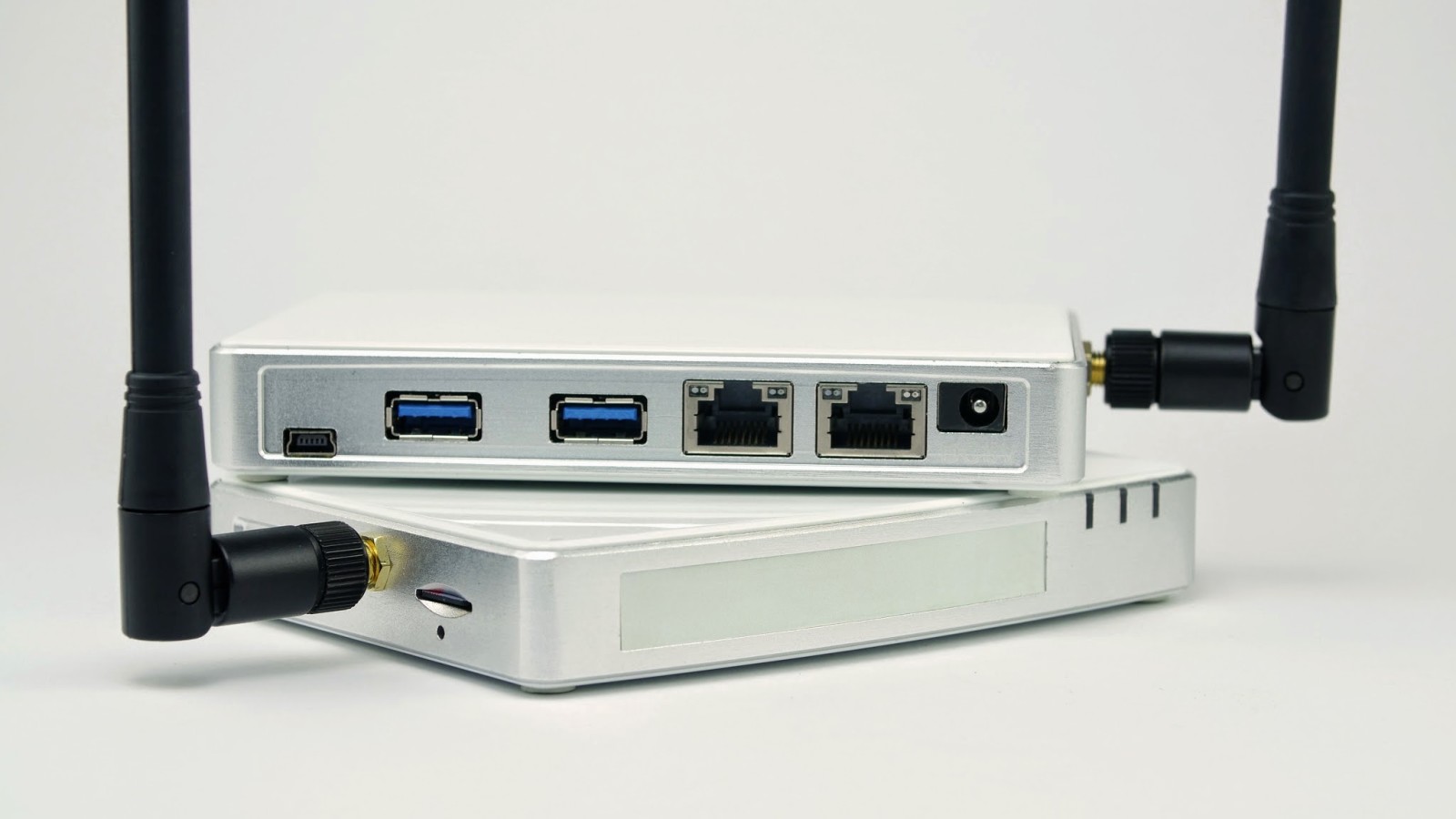
Bug Bounty—vulnerability reward programs for vendors—become more and more widespread. And sometimes, vulnerabilities search detects some evidently insecure areas (e.g., self-XSS) the threat of which is hard to prove. But the larger (or even the smarter) is the vendor (e.g., Google), the more willing it is to discuss, to detect the indicated vulnerability and to reward if successful. This article is a collating of complex situations and the ways to prove a threat and to make the Internet more secure.





